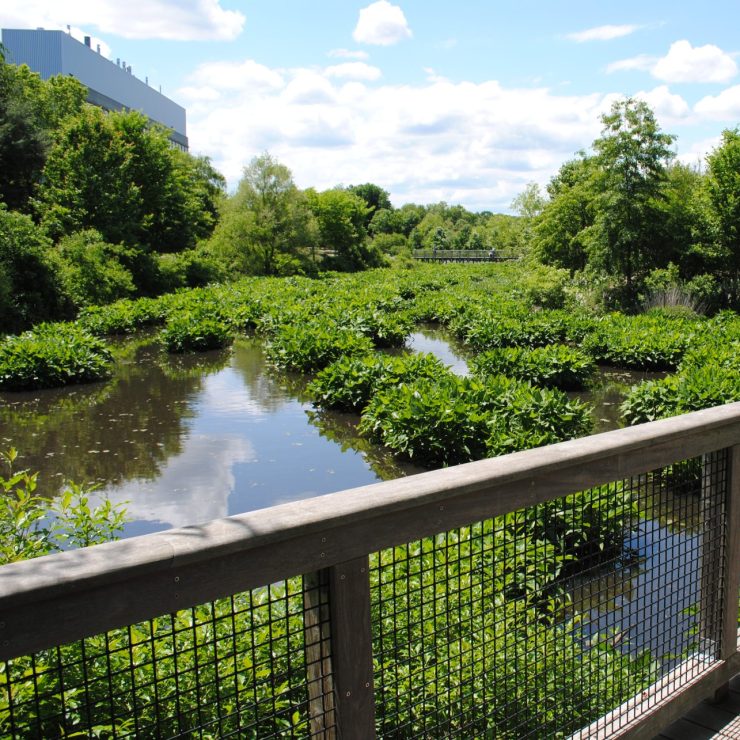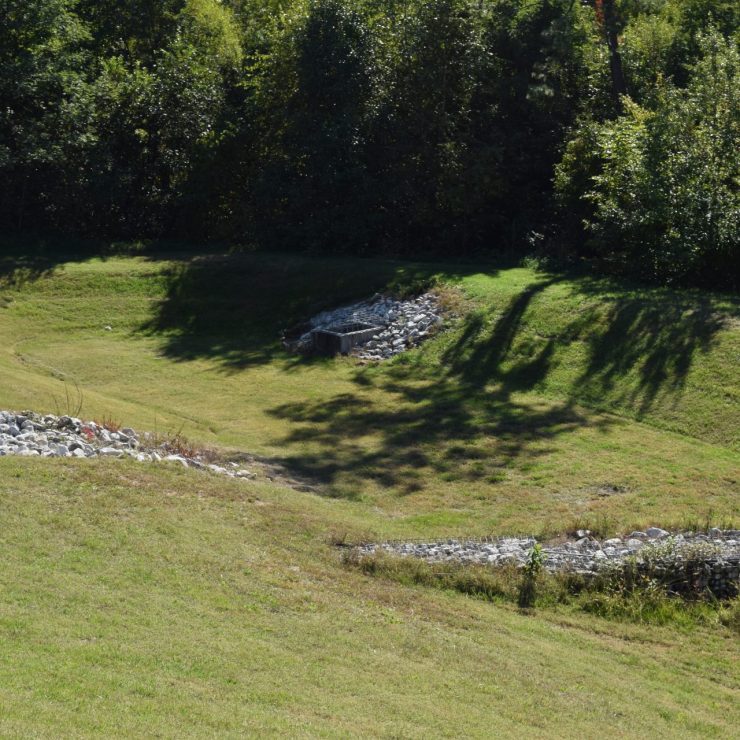By: Katie Little, EIT
In November 2021, the Maryland Department of the Environment (MDE) released an updated version of Accounting for Stormwater Wasteload Allocations and Impervious Acres Treated: Guidance for National Pollutant Discharge Elimination System Stormwater Permits, known more simply as the Guidance.[1] The Guidance details how municipal separate storm sewer system (MS4) jurisdictions use “permit crediting to address impervious acre restoration and nutrient load reductions.” The 2021 Guidance supersedes the 2014 version of the Guidance and incorporates several major changes and new credit opportunities.
It is essential for MS4 jurisdictions and consultants to stay up to date with the current Guidance in order to successfully manage MS4/TMDL (total maximum daily load) restoration projects and implement the most effective practices. Below is a discussion of ways that communities can attain nutrient reduction credit under the current Guidance, which provides details on how credits are awarded for each project type.
Continued BMPs
The following best management practices (BMPs) are carried over from the 2014 Guidance and represent continued opportunities to achieve nutrient credit.
Upland BMPs
- Runoff reduction practices
- Infiltration practices such as landscape infiltration
- Filtering systems such as bioretention and rain gardens
- Open channel systems such as swales
- Alternative systems such as green roofs and permeable pavement
- Rainwater harvesting systems such as rain barrels and cisterns
- Stormwater treatment practices
- Ponds such as extended detention pools and wet ponds
- Wetlands
- Infiltration practices such as trenches and basins
- Filtering systems such as underground filters and perimeter filters
Alternative BMPs
- Street sweeping
- Storm drain cleaning
- Non-riparian land cover conversion
- Forest planting on a contiguous area of at least an acre
- Impervious surface reduction/removal
- Septic practices
- Septic pumping
- Denitrification
- Septic connection to wastewater treatment plant (WWTP)
- Elimination of discovered nutrient discharges from grey infrastructure
New and Updated BMPs!
The 2021 Guidance also includes many new alternative BMPs and updates criteria for others, expanding communities’ options to earn credit.
- Floating treatment wetlands
- Non-riparian land cover conversion
- Conservation landscaping – conversion from turf to perennial meadows using native species
- Street tree planting
- Urban tree canopy – conversion from turf to tree canopy with mowed or managed understory
- Riparian land cover conversion
- Riparian forest buffers – linear wooded area at least 35’ wide, recommended 100’ wide
- Riparian conservation landscaping – grassland buffer converted from turf to unmanaged meadow
- Forest conservation
- Urban soil restoration – enhancing the porosity of compacted soils via excavation or tilling followed by amendment with compost
- Shoreline management
- Stream restoration
- Outfall stabilization
- Legacy sediment removal
Crediting at Straughan
By staying on top of these evolving guidelines, our staff can identify and tailor the best practices for each unique site, striking a balance between cost, credit, and habitat value. Straughan is proud to support many Phase 1 communities by implementing these projects and educating the public on how they benefit the community!
We work to reduce stormwater pollution and improve water quality by producing erosion and sediment control designs, stormwater pollution prevention plans, MS4 permit and compliance plans, watershed assessments, and much more. Feel free to reach out to chat about anything water resources!
[1] https://mde.maryland.gov/programs/Water/StormwaterManagementProgram/Documents/Final Determination Dox N5 2021/MS4 Accounting Guidance FINAL 11 05 2021.pdf

